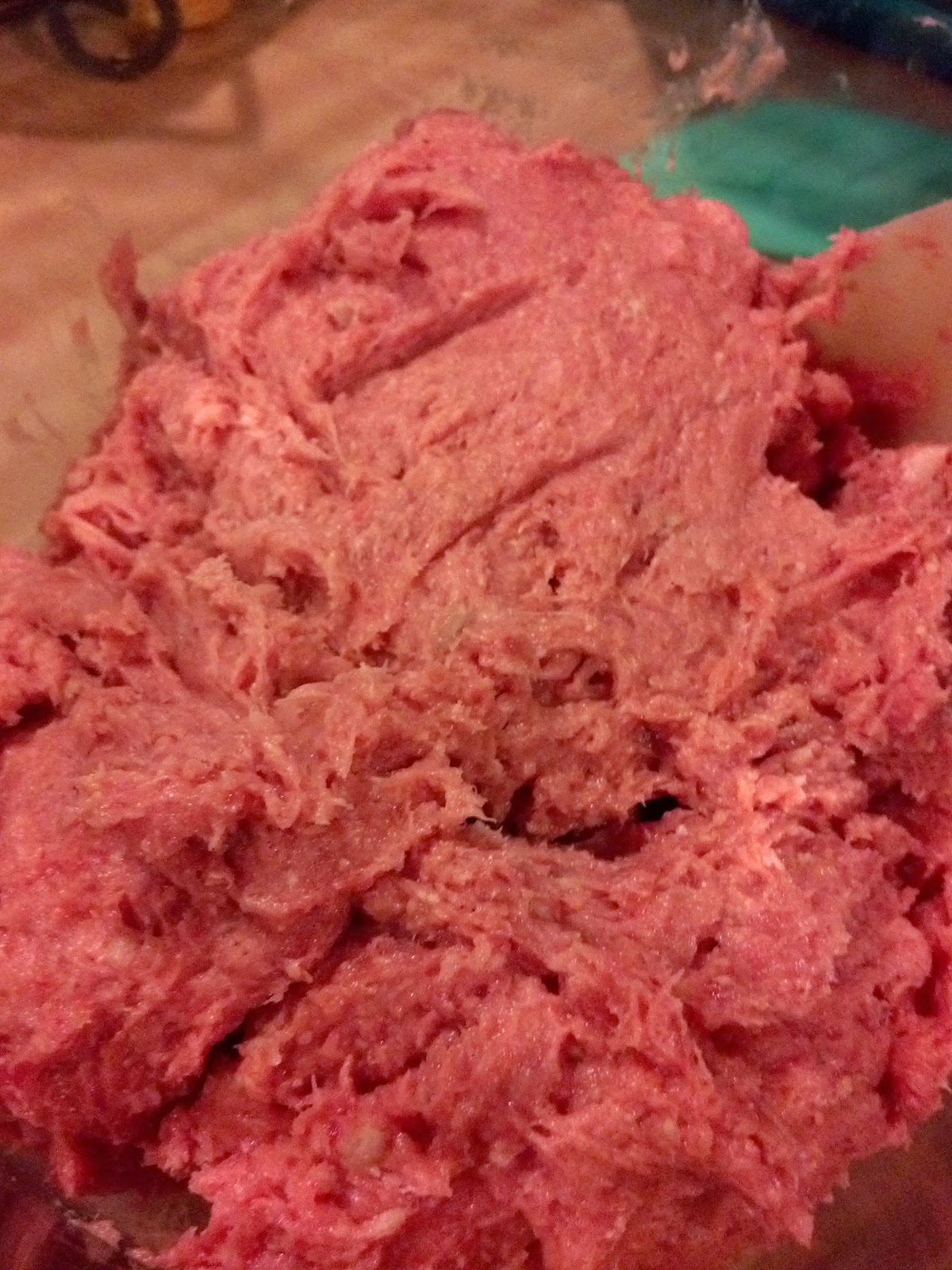Last year during the Q&A after a university guest talk I gave, one of the UMB students asked me about eating food from former colonizer countries. In addition to talking a little bit about power dynamics and contextualization/historicity, I tried to get at the idea that food and by extension, culture does not happen in hermetic vacuums. Food/Culture is dynamic and constantly changing based on local context (availability of ingredients), historical conditions.
We have only to look at one of the world's oldest diasporic communities of Chinese immigrants to see how Chinese cuisine varies by country Viet Chinese food is very different from Singaporean Chinese food is very different from Cuban Chinese food is very different from American Chinese food. These differences do not make the localized cuisines any more or less authentic (which itself is a rigid Western cultural construct rooted in the Cartesian logic of dominance that is NOT universal to all cultures btw), it just makes it different. And yet they are all united under this imagined community rubric of Chinese-ness.
At any rate, I came across this fantastic little piece about L.A. Food Culture which really captures the fluidity in food-making in a multi-ethnic society. I think a little historicity about how this has been going for centuries, even millennia is in order (see reference to diasporic Chinese food) but otherwise a great little write up about contemporary multiethnic food.
http://colorlines.com/archives/2013/04/in_los_angeles_multiethnic_food_culture_offers_a_taste_of_the_new_america.html
We have only to look at one of the world's oldest diasporic communities of Chinese immigrants to see how Chinese cuisine varies by country Viet Chinese food is very different from Singaporean Chinese food is very different from Cuban Chinese food is very different from American Chinese food. These differences do not make the localized cuisines any more or less authentic (which itself is a rigid Western cultural construct rooted in the Cartesian logic of dominance that is NOT universal to all cultures btw), it just makes it different. And yet they are all united under this imagined community rubric of Chinese-ness.
At any rate, I came across this fantastic little piece about L.A. Food Culture which really captures the fluidity in food-making in a multi-ethnic society. I think a little historicity about how this has been going for centuries, even millennia is in order (see reference to diasporic Chinese food) but otherwise a great little write up about contemporary multiethnic food.
http://colorlines.com/archives/2013/04/in_los_angeles_multiethnic_food_culture_offers_a_taste_of_the_new_america.html






